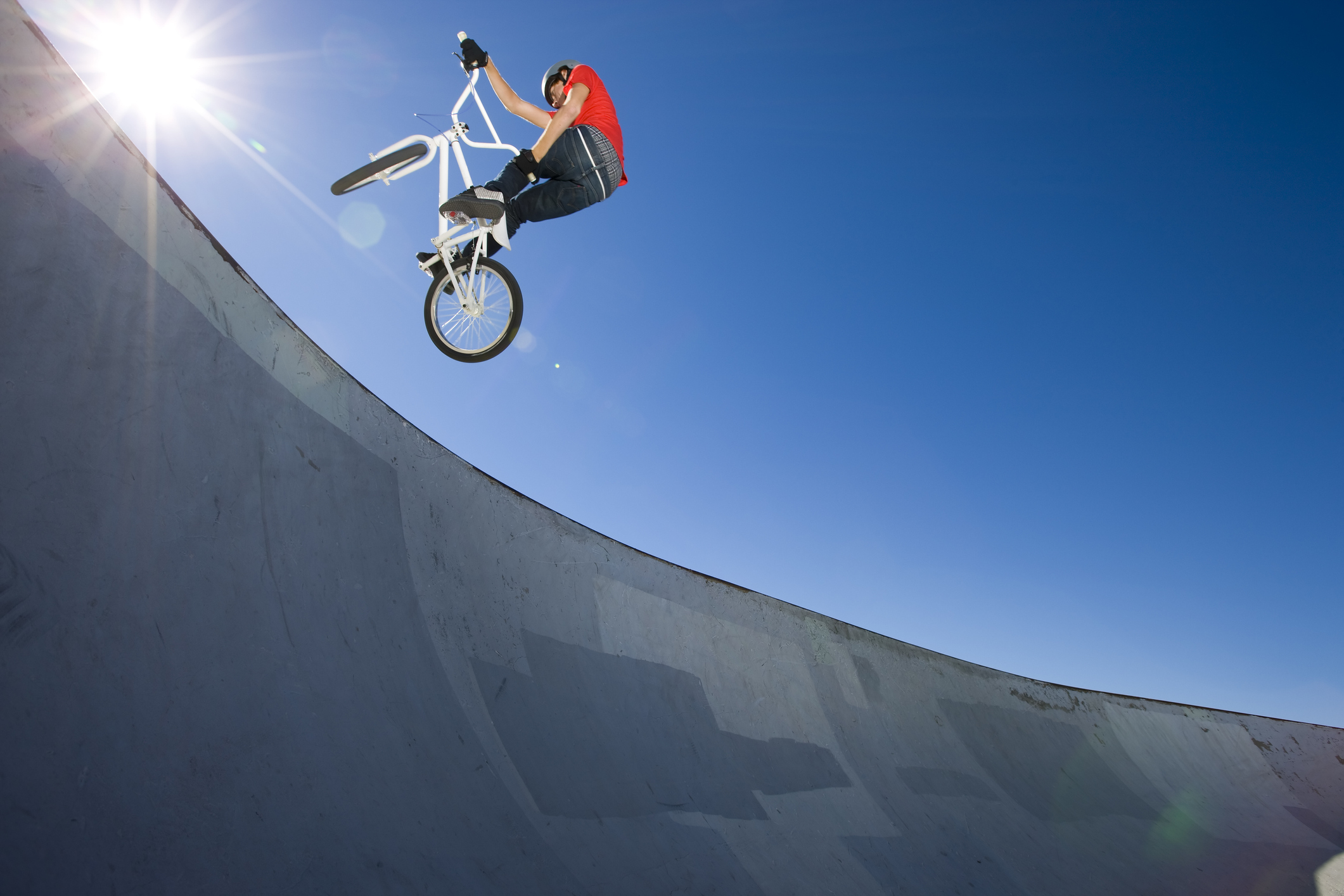The informal training methods of BMX riders could be the key to unlocking new heights for athletes, a University of Queensland-led study has found.


Dr Eva Ellmer from UQ’s School of Human Movement and Nutrition Sciences said many traditional sports could learn from the unconventional practices BMX riders use to become elite performers.
“Harnessing fear, learning from their peers and exposure to competitive environments are all factors in the development of elite BMX riders’ skills,” Dr Ellmer said.
“In particular, their ability to turn a negative emotion such as fear into an advantage is key to learning new often dangerous tricks.
“Athletes create a psychologically safe environment through reflection and support of their peers, allowing them to change their perception of these negative emotions and further develop skills.”
The research team found BMX riders place a high level of importance on competitive environments to learn and develop new tricks while under pressure.
This contrasts with athletes in traditional sports, who use competitive environments as the ‘final stage’ to showcase their abilities.


“Emerging research shows that the sports landscape is changing, with athletes opting for self-directed leisure activities that fit with their lifestyle and provide an alternative to a controlled environment,” Dr Ellmer said.
“For example, inaugural BMX freestyle Olympic gold medallist Logan Martin built a replica Tokyo training course in his backyard.
“With the change in landscape and more people turning towards a less controlled environment, it may be necessary to review the role of a coach and how athletes are supported in their development.
“In BMX, traditionally only elite riders have exposure to an accredited high performance coach, and even then, the coach will navigate the relationship in a way that an athlete remains independent as a learner and performer.”
The insights gained from the study challenge the traditional views of athletes’ learning and open a path for sporting organisations to adopt innovative and creative methods to further enhance the abilities of athletes.
Image above left: iStock
The study is published in the journal European Physical Education Review (DOI: doi.org/10.1177/1356336X19851535).







































